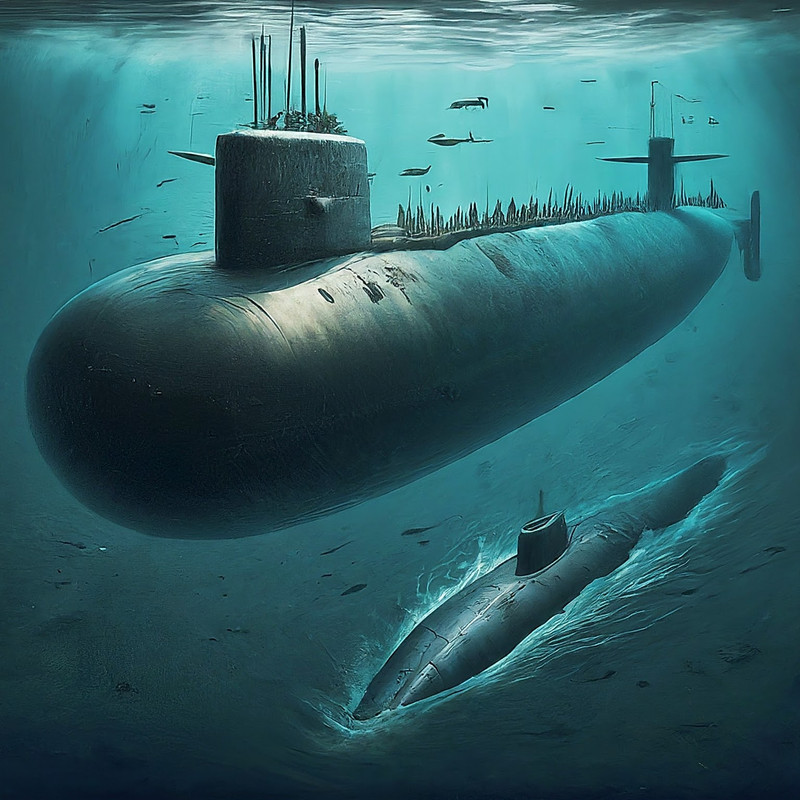- Views: 4K
- Replies: 20

Pakistan's recent unveiling of the Hangor-class submarines, built by China and priced at $410 million each, highlights the nation's strategic choice to prioritize affordability in modernizing its naval fleet.
This move contrasts sharply with India's focus on acquiring technologically advanced submarines at a significantly higher cost.
The Hangor-class submarines, while budget-friendly, faced a setback when Germany blocked the export of the planned MTU engines. As a result, the submarines are now equipped with Chinese diesel engines, raising concerns about potential performance limitations or heightened maintenance requirements.
Nevertheless, Pakistan plans to procure eight of these submarines, potentially expanding the fleet to 12, to replace their aging French Agosta 70 submarines.
India, in contrast, is investing heavily in cutting-edge submarine technology. The country's planned acquisition of three additional Kalvari-class submarines, each costing $1 billion, and the ambitious Project-75I to procure six more submarines exceeding $1 billion each, underscore its commitment to technological superiority.
The diverging strategies of the two nations reflect their distinct priorities. Pakistan's emphasis on cost-effectiveness aims to rapidly enhance its underwater capabilities within budgetary constraints, while India's focus on advanced technology seeks to gain a qualitative edge in submarine warfare.
The effectiveness of these contrasting approaches remains to be seen. While Pakistan's Hangor-class submarines offer a cost-efficient solution for fleet modernization, India's investment in advanced technology could potentially yield superior performance in terms of stealth, sensors, and weapon systems.

